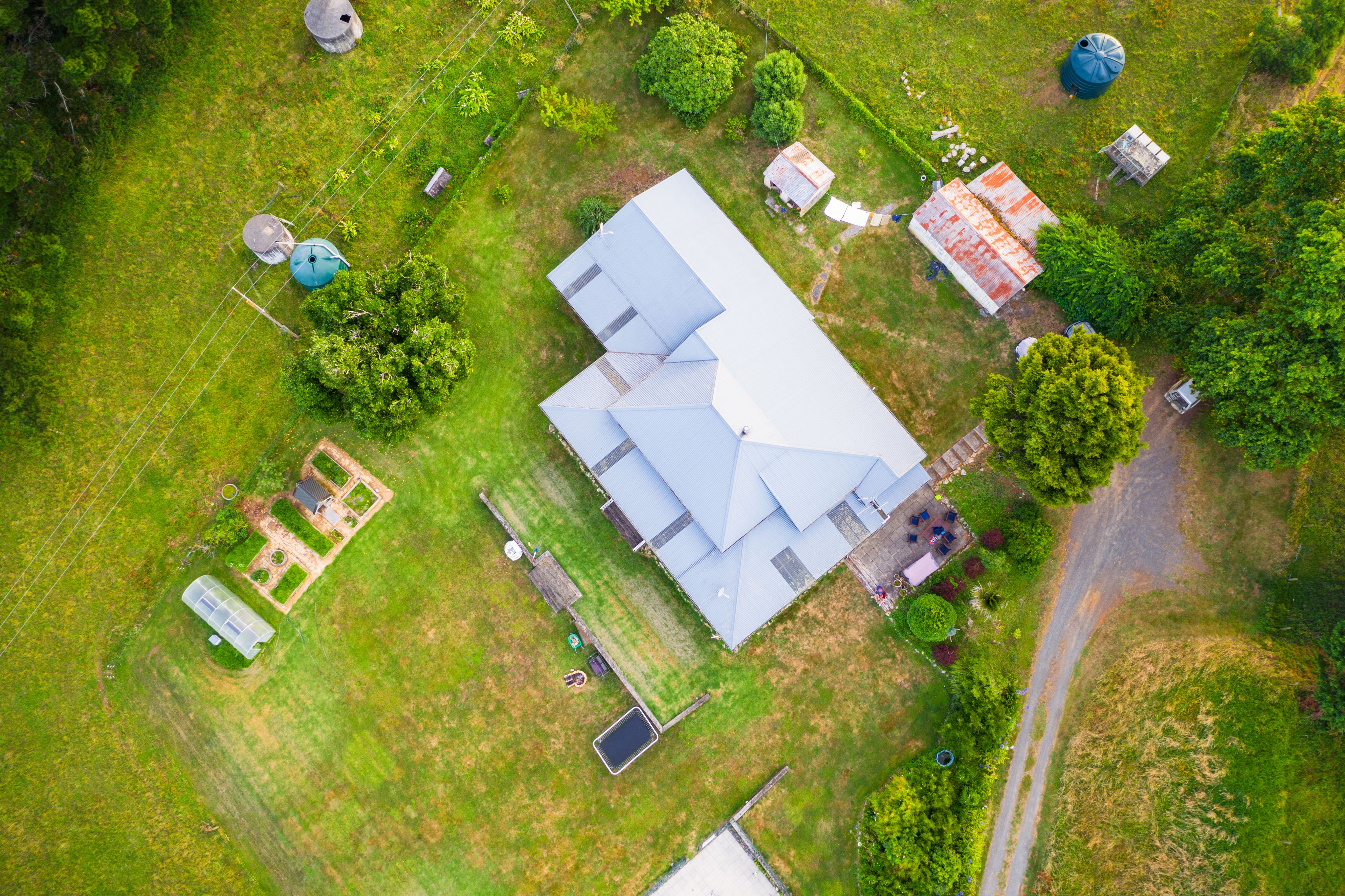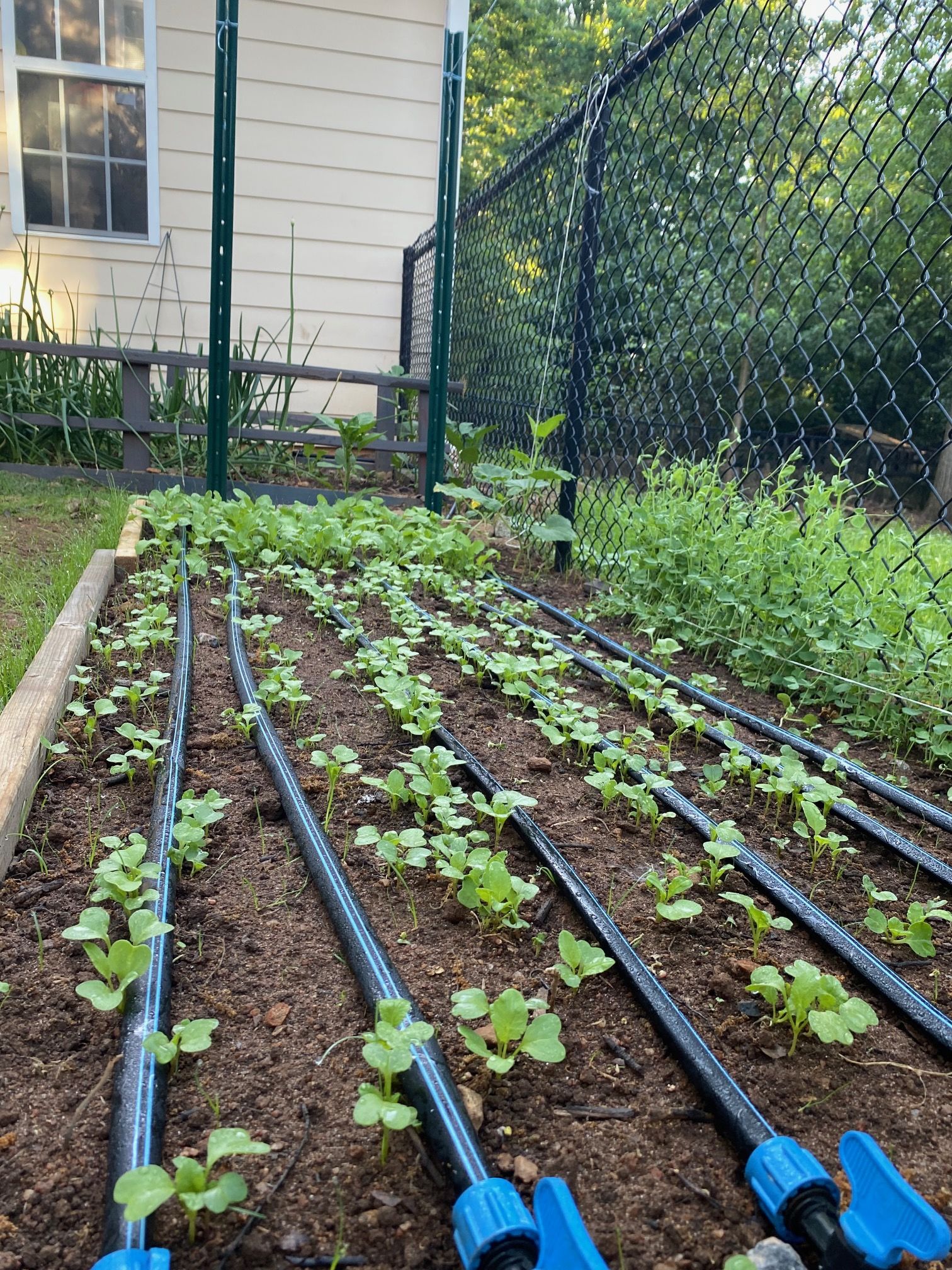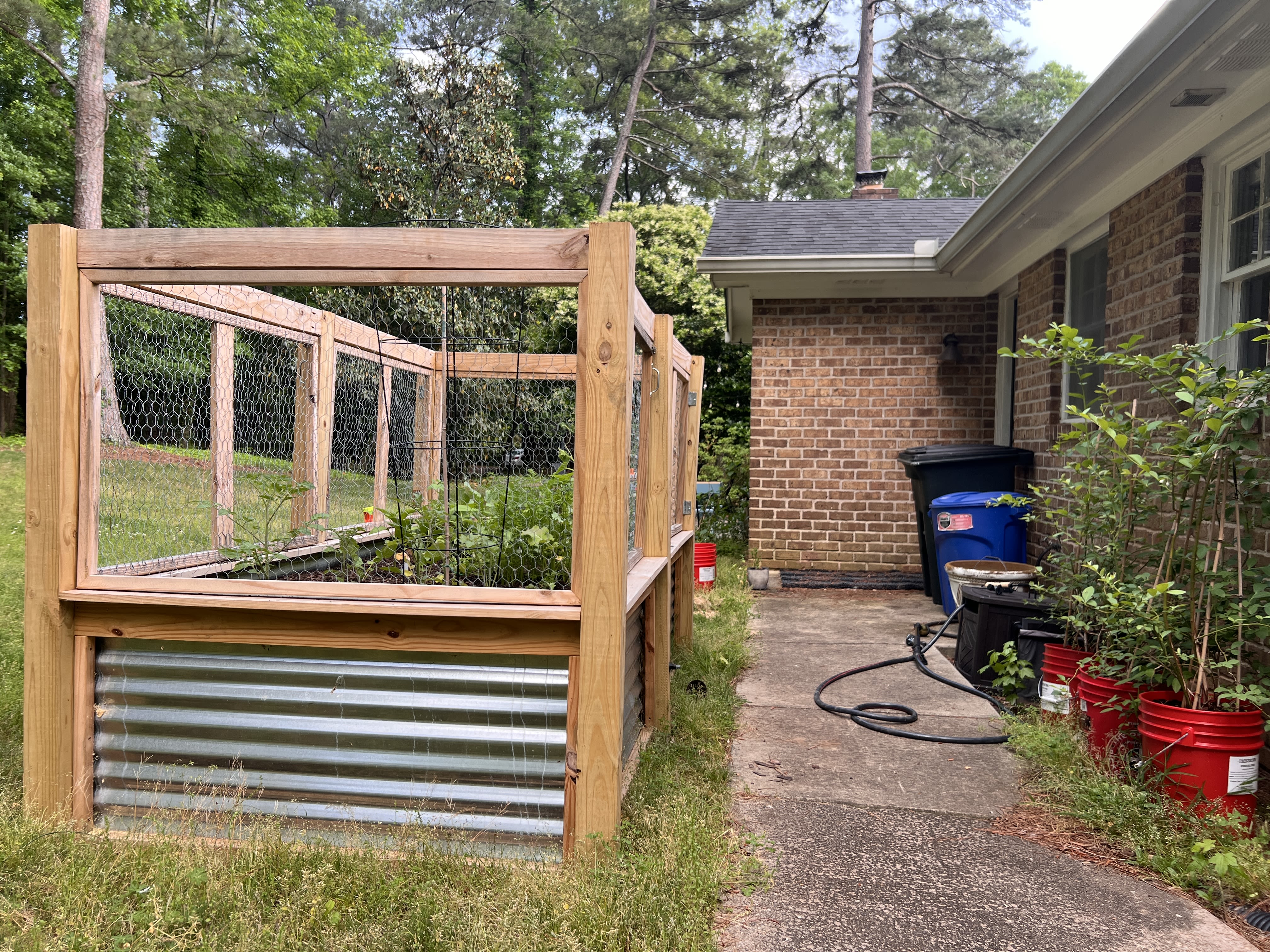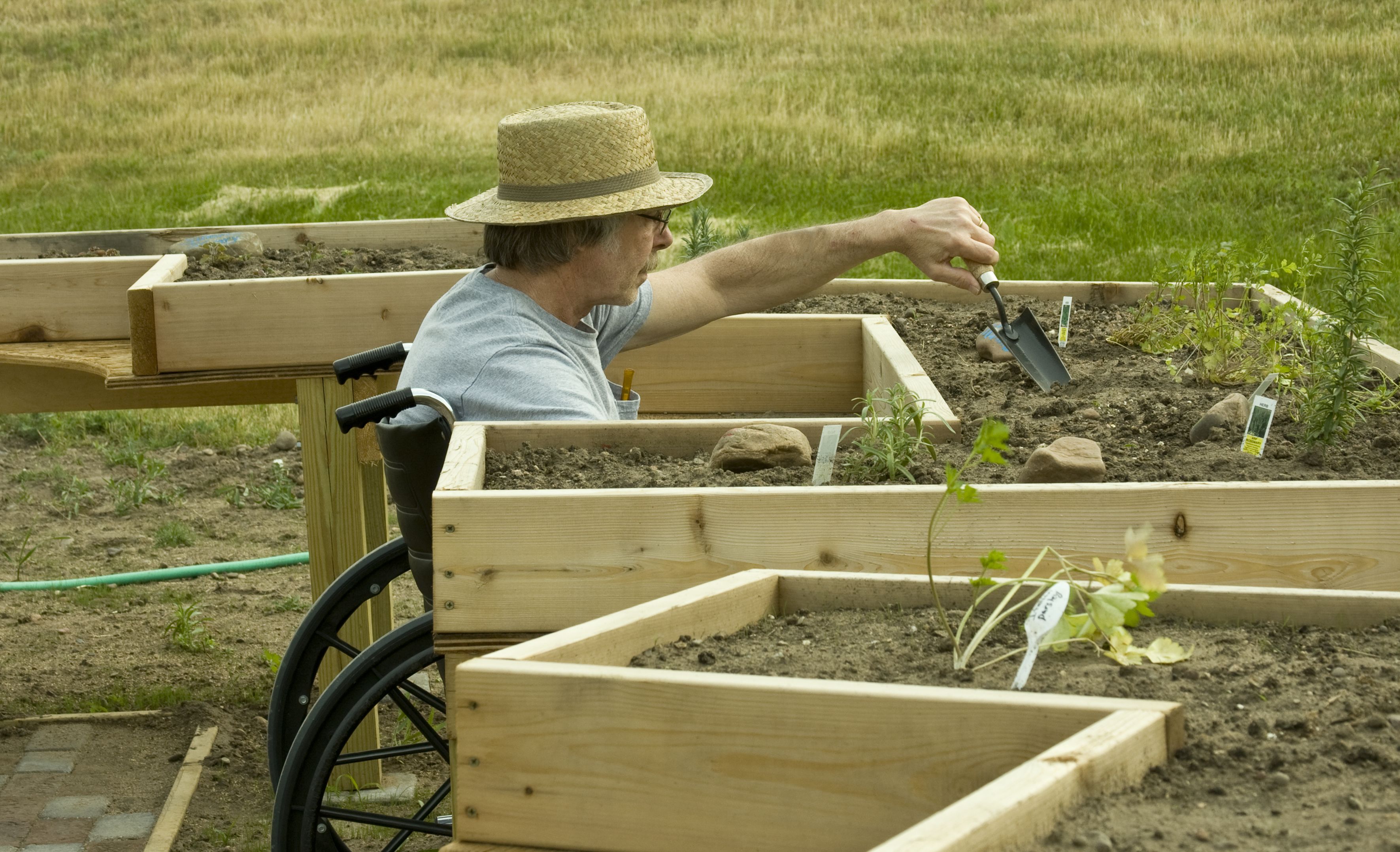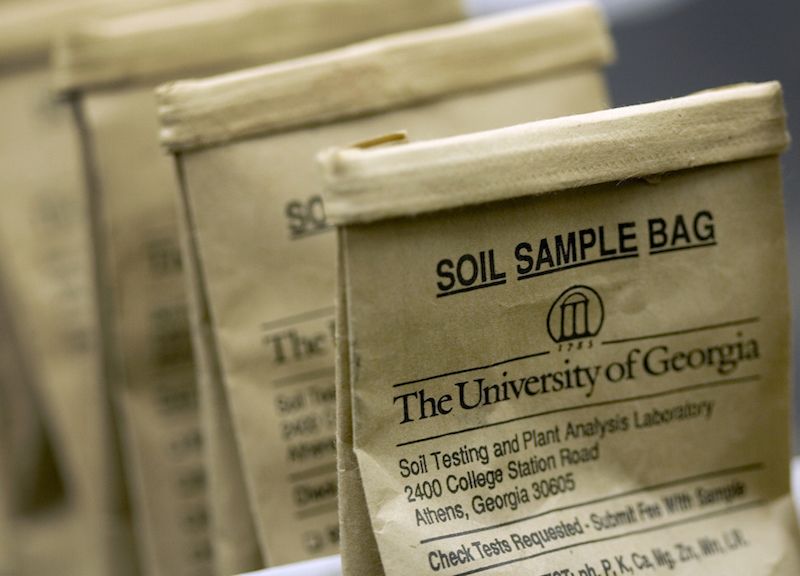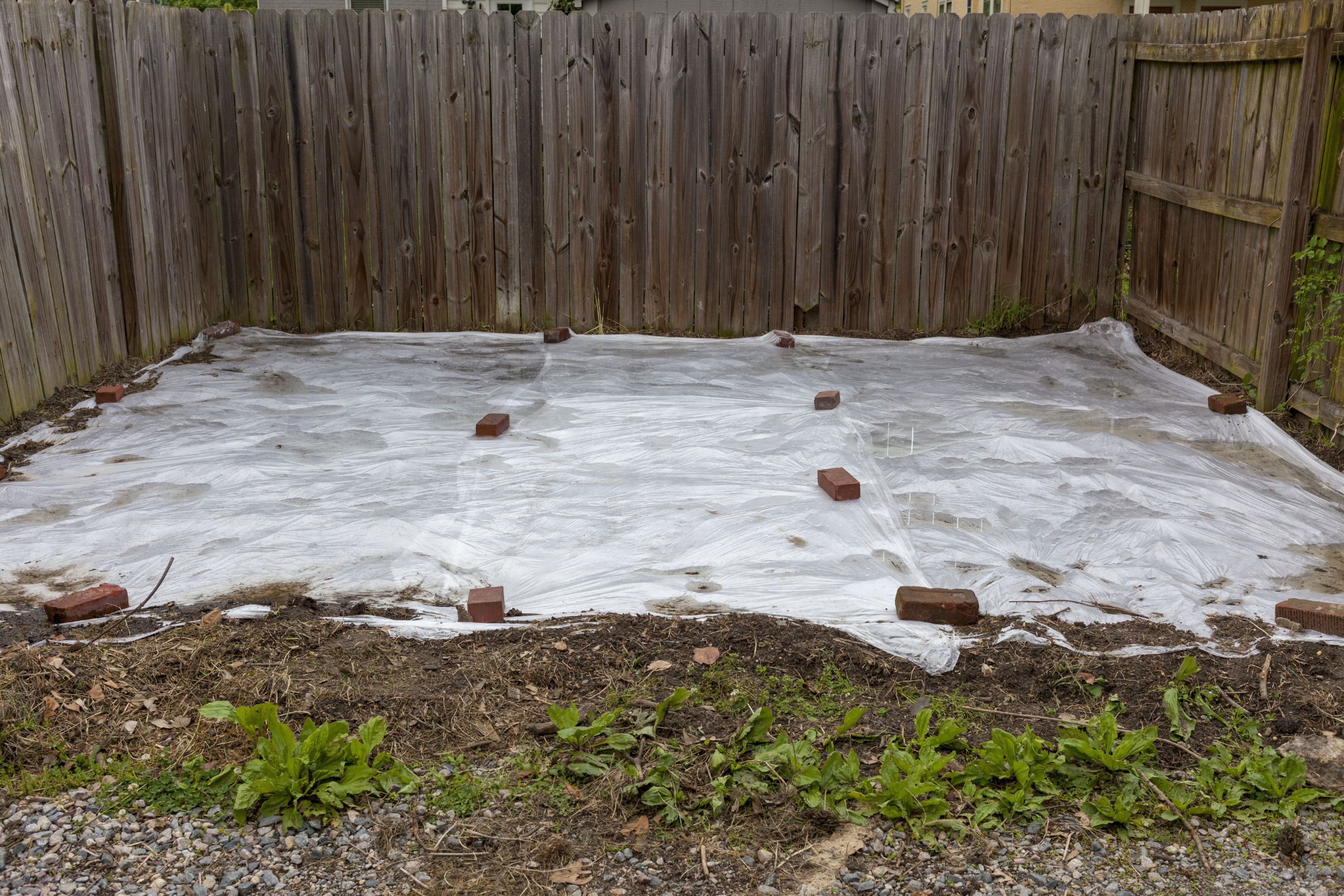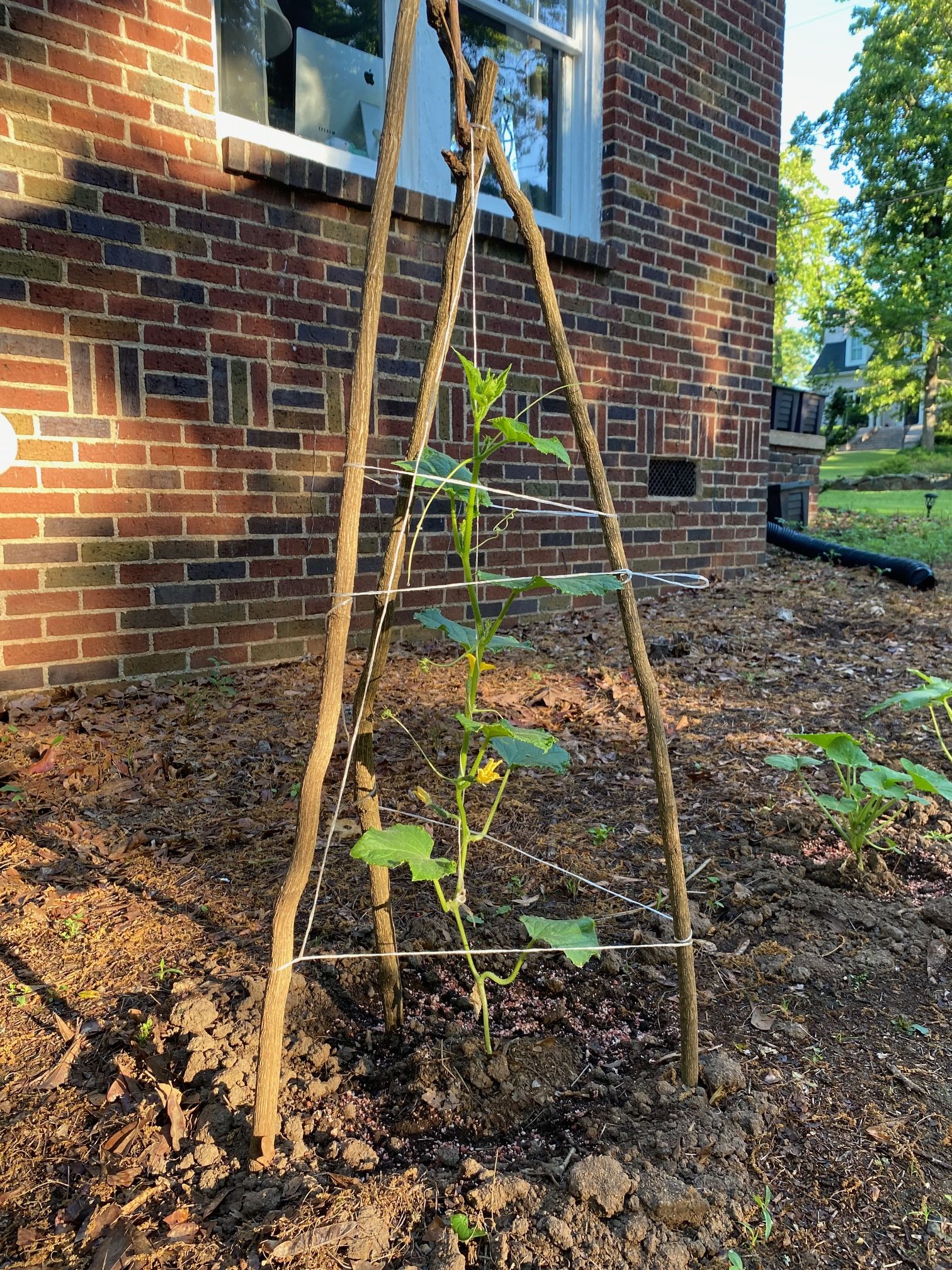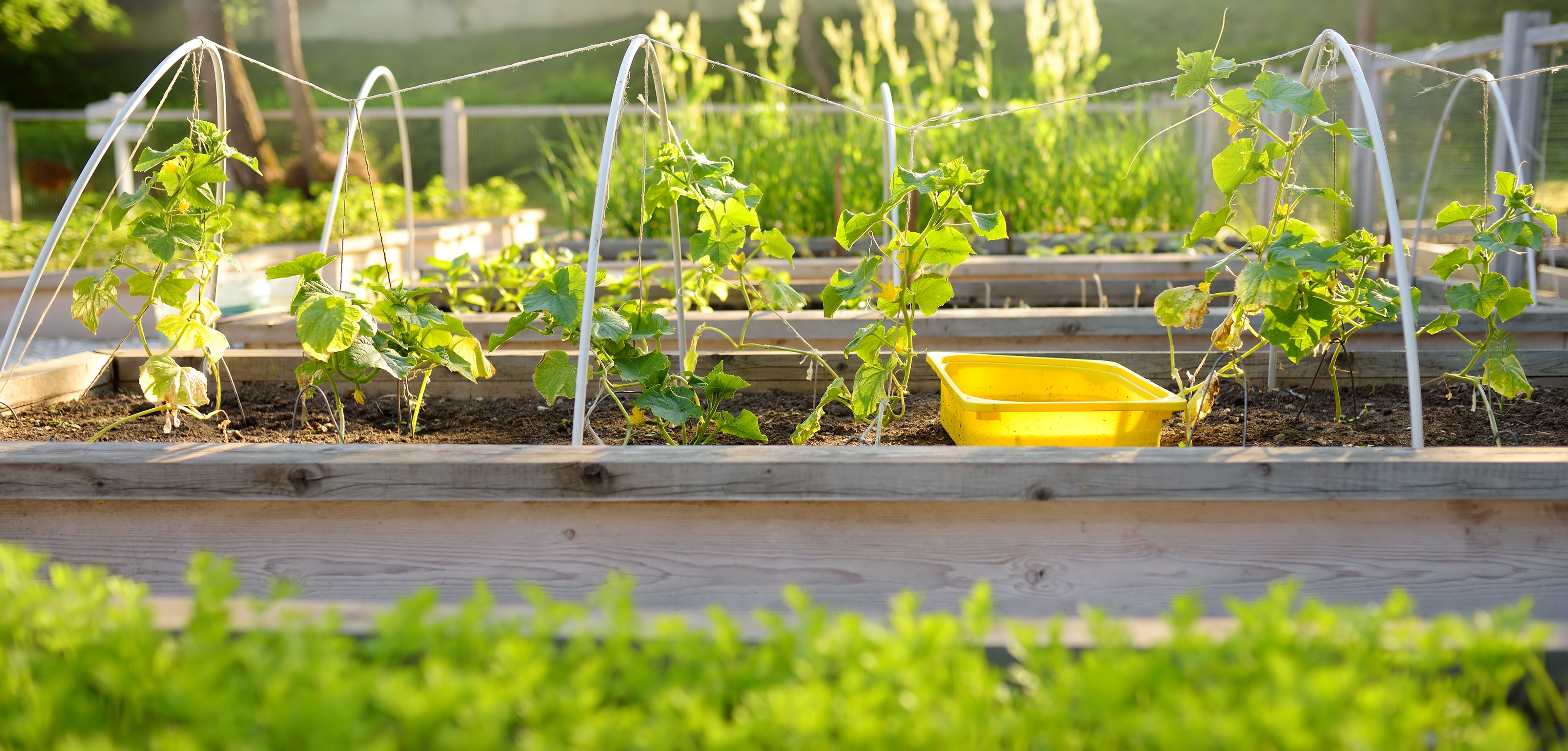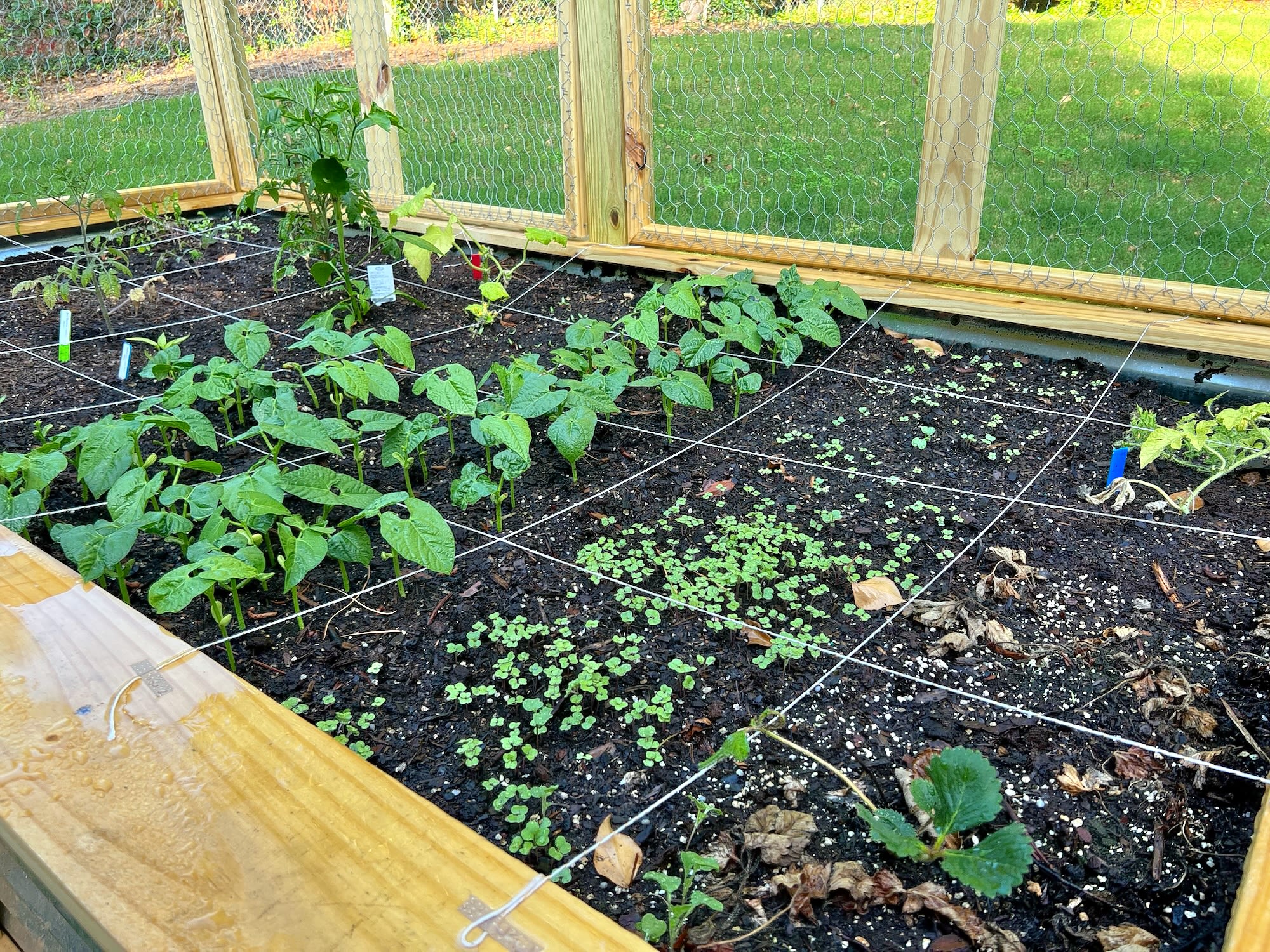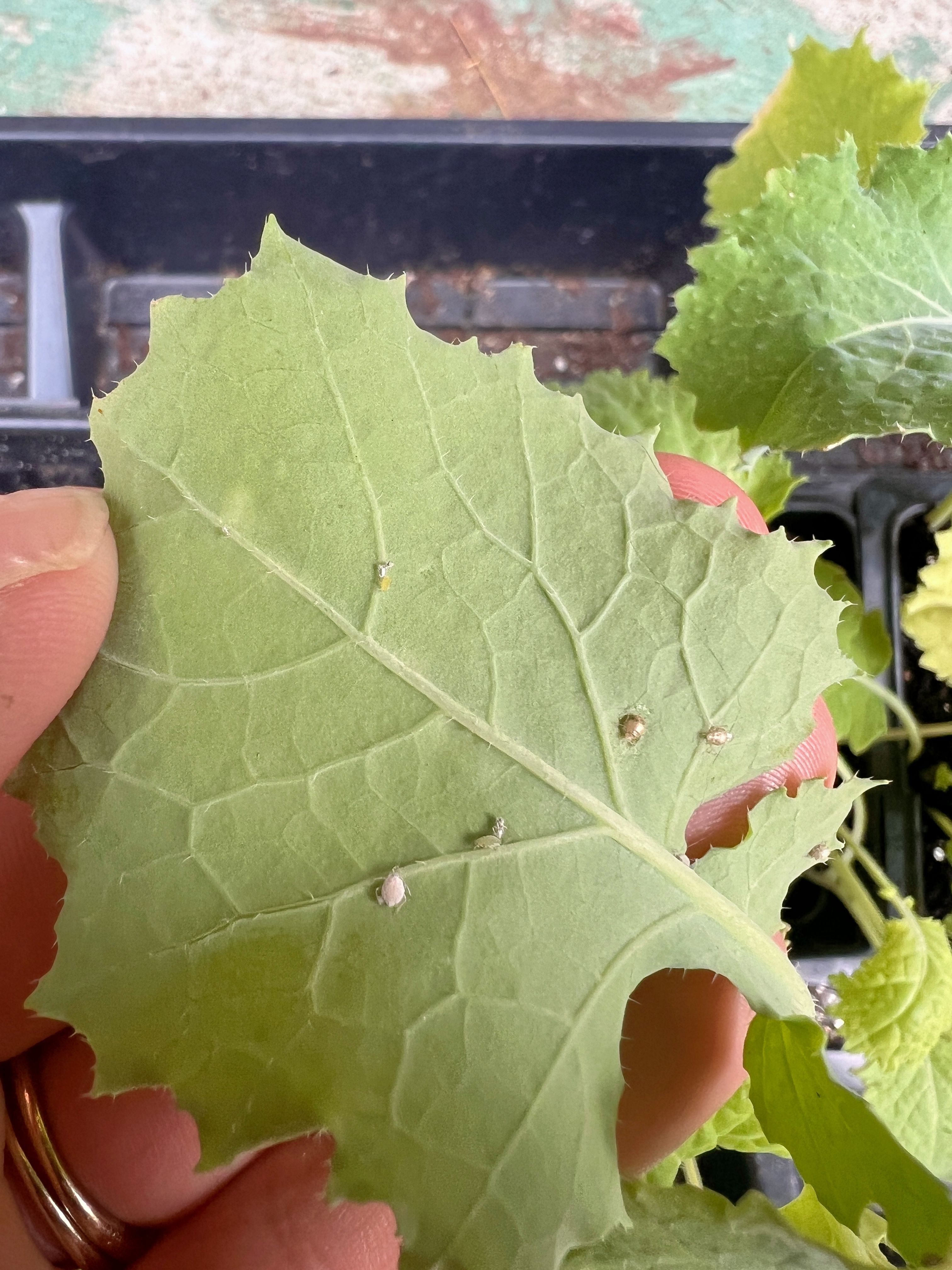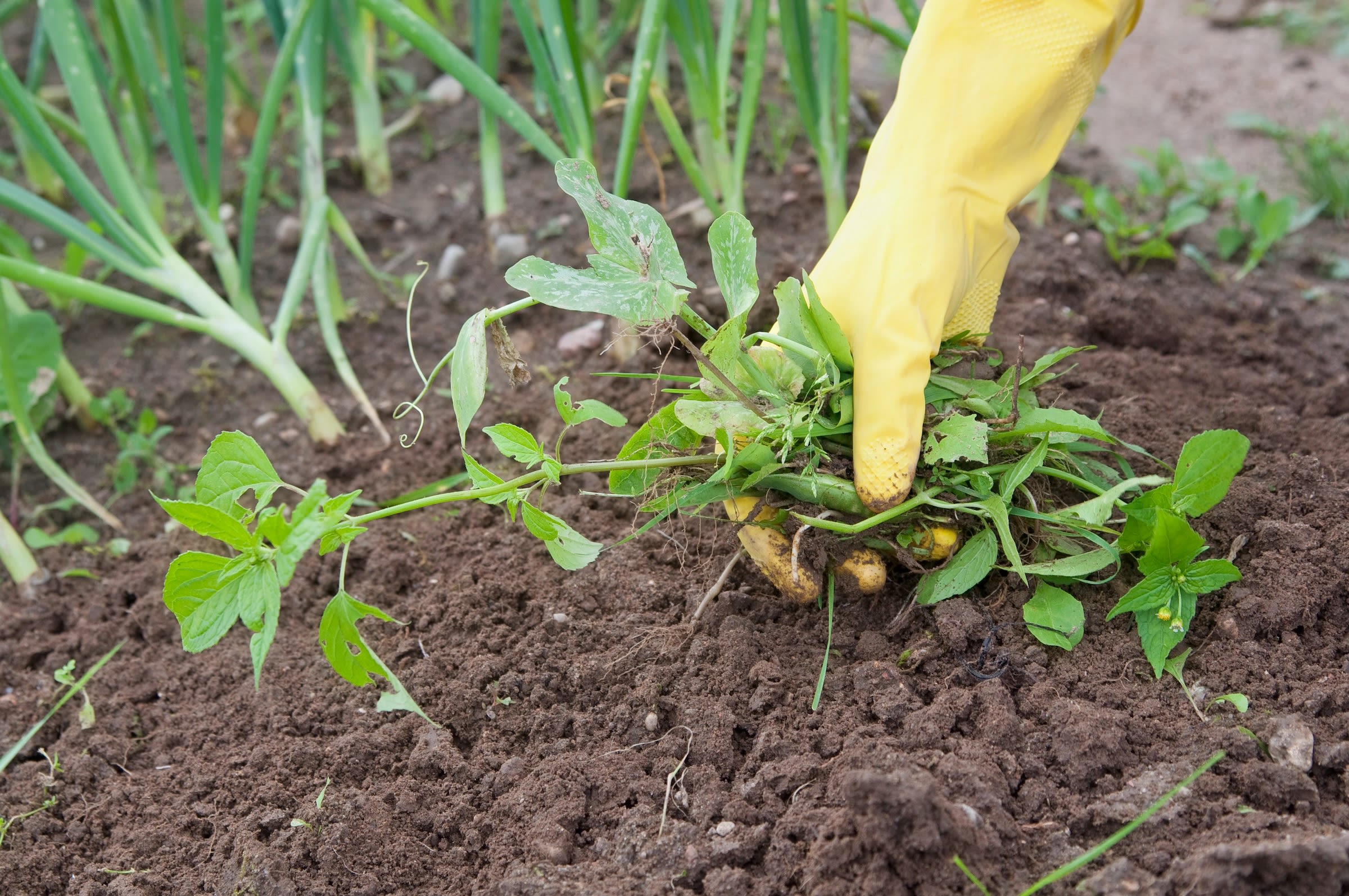Starting a garden from scratch
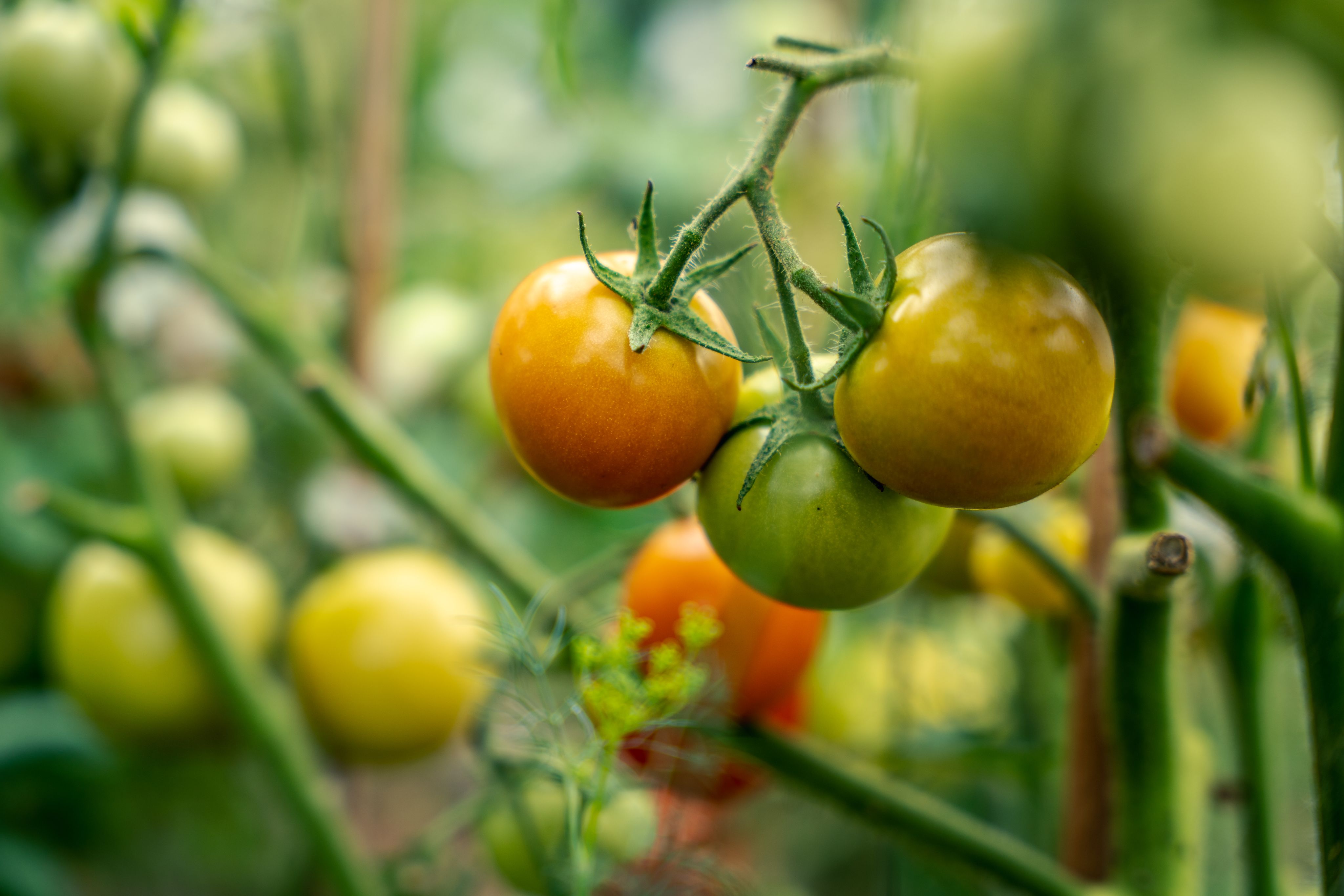
Whether you are a seasoned gardener or a novice, having a home garden can be an enriching experience. But starting from scratch may seem like a daunting endeavor.
To help you embark on this journey, we've compiled a general guide, drawing insights from University of Georgia Cooperative Extension publications and Clarke County Agriculture and Natural Resources Extension Agent Laura Ney on the most important steps for establishing a garden. Ney hosts a monthly Green Thumb Lecture Series with Master Gardener Extension Volunteers to provide expert advice and research-backed information on a variety of home garden topics.
Before digging in, Ney suggests taking stock of your available space and defining your gardening goals. Consider factors like sunlight exposure, available water sources and soil quality. Determine which vegetables, fruits and herbs you may want to grow. Understanding your space and goals will guide your garden planning.
Part 1:
Site selection
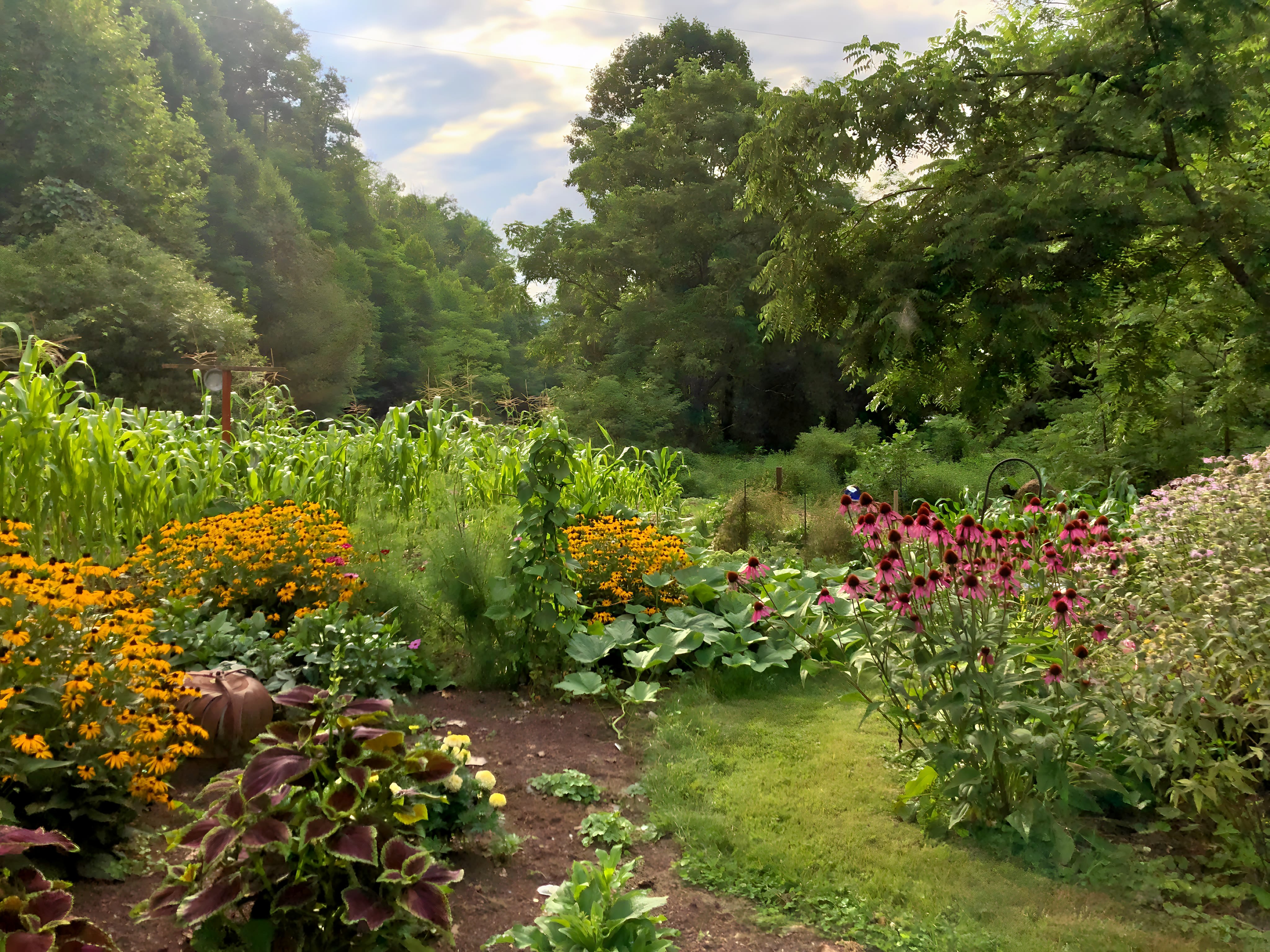
Sun
If you want to grow vegetables, fruits, or herbs of most kinds, the sun will be your No. 1 priority. “If there is a little section of your yard that clearly gets more sun than the rest of it, try to identify where that is, as it will be your best shot for vegetables,” Ney explained.
Vegetables, especially those producing fruit or sugar-rich crops like tomatoes, require at least six to eight hours of full sun for optimal growth and quality. Insufficient sunlight can lead to poor production and susceptibility to diseases.
While some plants require full sun, herbs like chives, parsley, mint, and fruits like brambles and berries can tolerate less sunlight due to their adaptation to shaded environments.
Additionally, leafy greens, rather than sugary fruits or roots, will fare slightly better with less sunlight.
Water
Access to water is key. “If you're constantly trekking back and forth to water your plants, it'll be an uphill battle. Ensure your garden location has access to water, or use a long garden hose that can reach your plants,” Ney added.
Setting up a drip irrigation system or even a sprinkler with a simple timer attached to the spigot will ensure that plants receive consistent water. Using various timer options will allow you to tailor watering schedules to meet individual needs.
Installing drip irrigation increases water use efficiency by directing water to the base of plants and reduces disease risk compared to overhead irrigation, Ney said.
Convenience
When it comes to choosing a location for your garden, it's easy to overlook the importance of sight. “It's true what they say: out of sight, out of mind,” Ney added. “The closer and more convenient your garden is to your home, the better you'll be able to take care of it.”
Gardens, even small ones, require regular attention. Catching issues like irrigation problems early can prevent bigger problems later. Plus, if your garden is within easy reach, you're more likely to tend to it regularly, pulling weeds and keeping things tidy.
Consider the amount of sunlight your space receives during the day and throughout the year.
Consider the amount of sunlight your space receives during the day and throughout the year.
Drip irrigation helps direct water directly to the base of plants and into the root zone.
Drip irrigation helps direct water directly to the base of plants and into the root zone.
Proximity makes watering, harvesting, and maintenance more convenient, including weeding and checking for pests and diseases.
Proximity makes watering, harvesting, and maintenance more convenient, including weeding and checking for pests and diseases.
Part 2:
Garden preparation

Raised beds vs. in-ground
Once you've selected your garden location, choosing between in-ground and raised bed gardening depends on various factors. Raised beds provide better control over the location and the quality and texture of your soil. They also offer benefits like improved drainage, concentrated care and easier access.
Raised beds can be constructed with various materials, such as treated or untreated pine or cedar. Thicker, sturdier materials are preferable, and raised beds should ideally be no more than 4 feet wide for easy access. When filling raised beds, Ney said it's essential to use a balanced mix of materials like native soil, compost, topsoil and aged manure. Avoid using straight garden soil or potting soil, as they lack adequate nutrients and water-holding capacity.
In-ground beds require less upfront material and are more conducive to implementing crop rotation practices.
Prepare the soil
Proper soil preparation sets the foundation for a successful garden. A soil test should be the first step in starting a garden, Ney said. A soil test evaluates levels of key nutrients like phosphorus, potassium, calcium, magnesium and zinc. It also provides recommendations based on soil type and crop selection. Soil test bags are available through your county Extension office, along with information on collecting and submitting your samples.
Based on the results, you can adjust pH levels and add any necessary supplemental nutrients for optimal plant growth. Soil pH balance is crucial for nutrient absorption. Native soils in Georgia tend to be slightly more acidic — with lower pH values — so amendments like dolomitic lime can help raise the pH for plants that require more neutral pH levels. Apply lime three to six months before planting the crop for best results, Ney said.
Depending on where you live in Georgia, soil can be hard-packed and high in clay content or very sandy and drain water too quickly. Incorporating organic matter, like mulch or compost, will improve soil structure and water-holding capacity and increase air and water flow. However, Ney said it is important to verify that all compost and mulch materials are herbicide-free to avoid harming plants.
If you’ve recently taken a tree down and have wood chips on hand, allow them to decompose for several months to a year before incorporating them into the soil to avoid nutrient imbalance, as they pull nitrogen away from plants and significantly warm up the soil as they decompose.
For in-ground beds, when turning native soil over while creating your planting area, buried weed seeds become exposed and can quickly begin germinating. Preventative measures like soil solarization can reduce weed growth, Ney said — just lay a plastic film over the freshly turned, moist soil for a few weeks before planting. This both prevents weeds from germinating and suppresses insects and diseases.
Structural support
Support structures like trellises or plant cages are vital for plants like snap peas, pole beans, cucumbers and tomatoes. They also optimize space, especially for vining plants like melons and squash.
Installing support before planting prevents root damage and ensures easy maintenance and access for harvesting. Think creatively with existing structures on your property that can double as plant support, like fencing or fallen sticks and limbs.
Garden protection
Protecting your garden from deer is a concern no matter where you live. While an ideal deer fence should be around 8 feet tall or higher to prevent them from jumping over, it can be costly and challenging to build with wood. However, there are alternatives like netting or simple wire setups that are more affordable and less imposing. Deer have poor depth perception, so offset deer fences can also be effective at a shorter height.
“Even if you don't have a tall fence, deer are like everyone else — they'll choose easier grazing areas if available,” said Ney. “If you already have a fenced-off area in your yard with sun and water access, consider using it for your garden to keep the deer away from your vegetables.”
Additionally, chickens and dogs can pose problems in your garden, especially as they are drawn to freshly turned soil and can damage young, delicate plants. Various types of netting or more sturdy chicken wire will keep them out, especially during the early stages of plant growth.
For more persistent wildlife, such as armadillos, consider raised beds or installing a more sturdy frame around your garden. Because armadillos dig, your frame should extend 18 inches into the ground, be at least a foot high, and bend outward at a 45-degree angle.
Raised beds offer greater accessibility and reduce exposure to weeds and smaller animals such as dogs, chickens and armadillos that can dig up plants.
Raised beds offer greater accessibility and reduce exposure to weeds and smaller animals such as dogs, chickens and armadillos that can dig up plants.
An annual soil test from UGA Extension can save time, money and heartache in the garden.
An annual soil test from UGA Extension can save time, money and heartache in the garden.
Taller raised beds can be filled with limbs and leaves and then topped with 6 to 12 inches of soil where plant roots will grow.
Taller raised beds can be filled with limbs and leaves and then topped with 6 to 12 inches of soil where plant roots will grow.
Applying plastic mulch over a freshly cultivated area can help kill weed seeds before planting.
Applying plastic mulch over a freshly cultivated area can help kill weed seeds before planting.
Support structures allow for easier harvesting and keep vegetables off the ground while maximizing space.
Support structures allow for easier harvesting and keep vegetables off the ground while maximizing space.
Plastic or metal garden hoops can be placed in the garden to support shade cloths and insect netting, which help keep hungry bugs off delicate plants.
Plastic or metal garden hoops can be placed in the garden to support shade cloths and insect netting, which help keep hungry bugs off delicate plants.
Part 3:
Plant selection and management
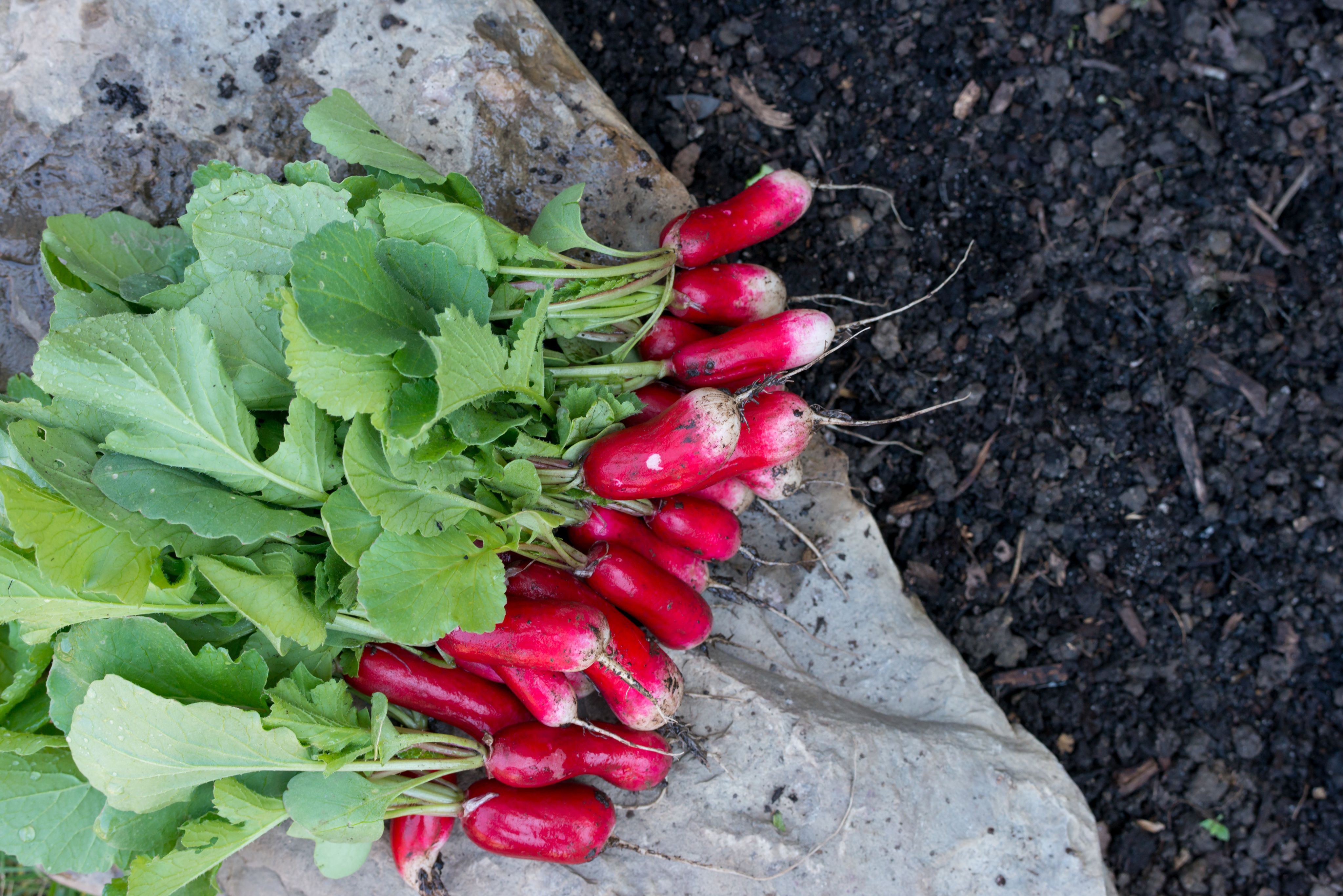
Suitable plants
In Georgia, it’s possible to grow vegetables throughout the year. Choose plants well-suited to your local climate and growing conditions. A garden is an investment of time and money, so plant things you like to eat and try one or two new things each season.
For a burst of extra beauty that will attract pollinators and other beneficial insects, consider incorporating pollinator plants in or around the garden as well. The UGA Extension Home Gardening Series provides valuable advice on specific fruits and vegetables, like selecting appropriate plant varieties and considering factors like frost dates, heat tolerance and disease resistance to help you make informed choices.
When choosing plants, Ney recommends following the planting instructions provided on the seed packets to consider the size of full-grown plants. An efficient garden layout maximizes the space and promotes healthy plant growth. Remember to check the number of days from planting to maturity to keep a regular succession of plantings throughout the season and year.
Choosing whether to transplant seedlings or directly seed into your soil depends on a few factors. Transplanting seedlings may be easier than starting from seeds, and some plants, like tomatoes and peppers, especially benefit from starting as transplants, giving your garden a six- to eight-week head start on production. However, root vegetables like radishes, carrots, turnips and beets should be directly seeded. Plants like beans, corn and lettuce can also be directly seeded. Whether starting from seed or transplants, use loose, disease-free soil mix and avoid overwatering.
Insect management
Finally, vigilant pest, weed and disease management is crucial for protecting your garden investment. Integrated pest management principles emphasize prevention, monitoring and targeted intervention to minimize chemical use and promote ecological balance.
Some insects you are likely to encounter include aphids, cutworms, tomato fruitworms, pickleworms, wireworms, spider mites, Mexican bean beetles, leafhoppers, corn earworms and the Colorado potato beetle.
In the home garden, regular inspection may reduce the need for chemical controls of these pests. Check the entire plant, including the underside of the leaves, for evidence of pests, and remove adults and eggs by hand to reduce their populations throughout the season. Take some time to review the various stages of each of these common garden pests so you don’t accidentally kill beneficial insects and pollinators.
Weed control
Using herbicides in the home garden is difficult and not generally recommended. While several pre- and post-emergent herbicides are available through home gardening stores, no single herbicide can be used for all crops, and the amount of herbicide is critical. Too much may injure or kill garden plants, while too little will not effectively kill weeds.
Hand-pulling weeds in the home garden is the most efficient and practical method of weed management, but landscape fabrics and mulch materials can act as barriers against weeds, Ney said. Using cardboard or mulches made from plastic or wood between garden rows can also help minimize weeds.
Disease reduction
Start with clean, disease-free seeds and transplants. Avoid watering late in the day because wet foliage contributes to disease problems.
If a plant shows signs of disease, remove infected leaves and avoid overhead irrigation, where droplets can bounce from the infected plant to healthy plants nearby.
If you're starting a garden for the first time, keep in mind how much space fully matured plants require.
If you're starting a garden for the first time, keep in mind how much space fully matured plants require.
Be sure to check the undersides of leaves for insects and egg sacs. Familiarize yourself with the most common garden pests so you don't inadvertently kill pollinators and other beneficial insects.
Be sure to check the undersides of leaves for insects and egg sacs. Familiarize yourself with the most common garden pests so you don't inadvertently kill pollinators and other beneficial insects.
Regularly pull weeds and thin plants that have been planted too close together. Increased airflow reduces disease pressure and reduces competition for nutrients and water.
Regularly pull weeds and thin plants that have been planted too close together. Increased airflow reduces disease pressure and reduces competition for nutrients and water.
Starting vegetables from seed
Your ultimate guide to healthy garden soil
Want to know more?
If you plan to start a garden, consider the ideal location and the plants you'd like to grow this year. Check out the “Vegetable Garden Calendar” publication from UGA Extension to find out which vegetables are best for each season. For personalized help, reach out to your local Extension agent.
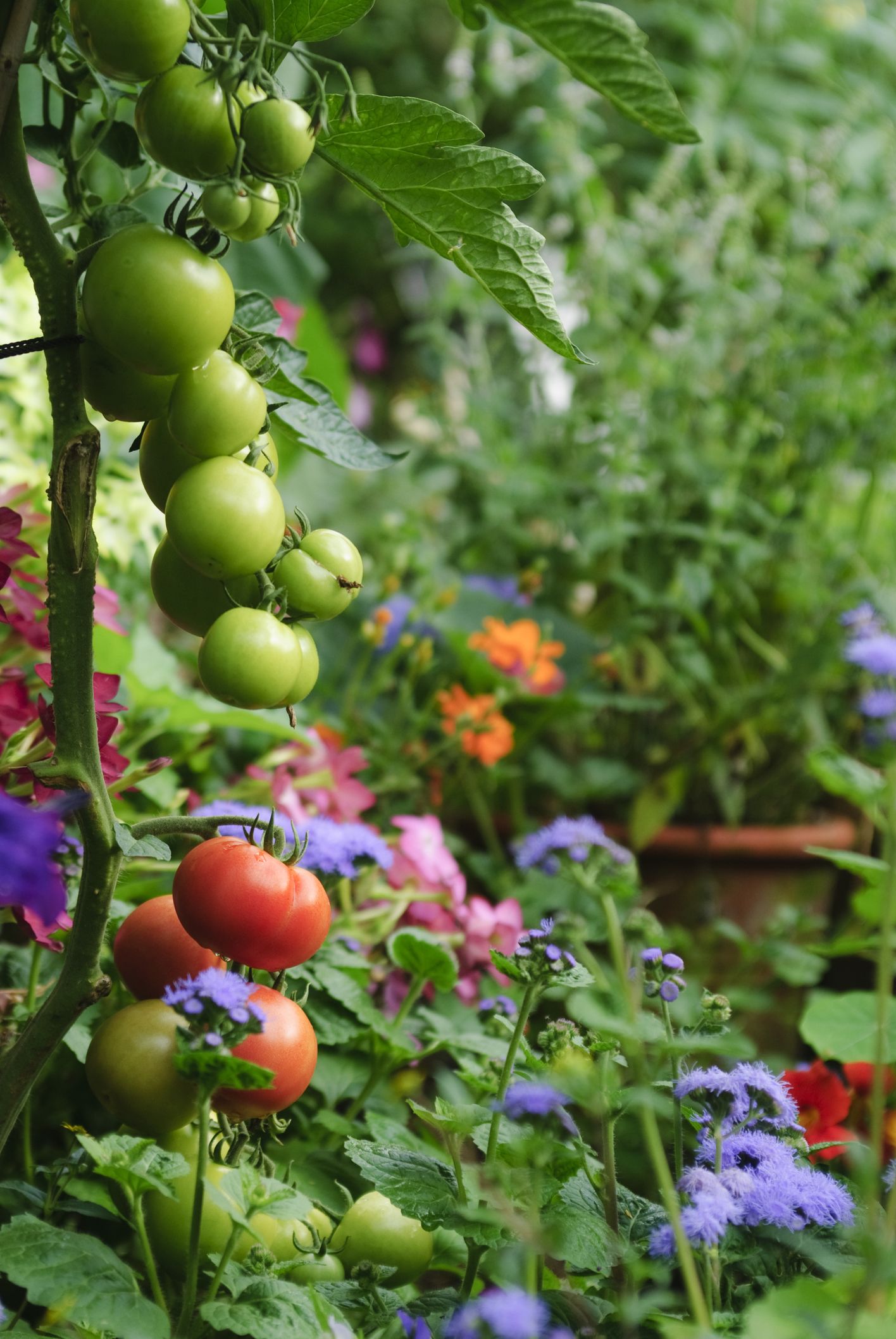
News media may republish this story. A text version and art are available for download.



